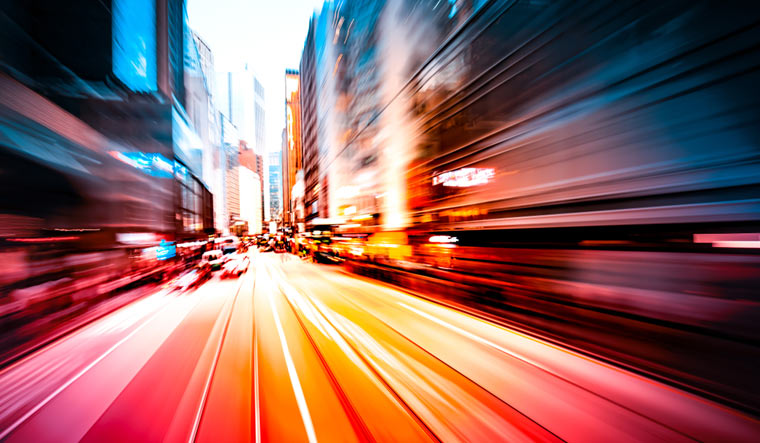Artificial light is a major factor in attracting birds to cities, ultimately placing them in harm's way. The research, which utilised weather radar data, provides the first continent-wide maps of migration stopover hotspots in the contiguous United States. These findings, published in Nature Communications, can aid in the development of conservation plans and shed light on the urgent need to address the growing threat of light pollution.
Lead author Kyle Horton, an assistant professor in Colorado State University's Department of Fish, Wildlife, and Conservation Biology, emphasized the dangers birds face when drawn to urban areas. "City lights lure birds into what can be an ecological trap, with buildings that lead to collisions, less habitat, scarcer food, and more people and cats," Horton explained.
During a tragic event in Chicago, nearly 1,000 birds lost their lives when they collided with an illuminated glass building. While such mass fatalities are rare, light pollution poses a serious and increasing threat to migrating birds. The study's analysis of over 10 million radar observations identified light pollution as the second-highest predictor of stopover density, highlighting its significant influence on bird migration.
Migration is a perilous journey for birds, during which they may travel hundreds to thousands of miles, often depleting half their body mass. The ability to find suitable rest stops to refuel is crucial for their survival and successful reaching of their destination. "These stopover locations are the fueling stations," Horton stressed. "If they don't have a good spot to rebuild energy supplies, migration can't happen."
While urban parks can provide some respite for migrating birds, competition for limited resources becomes a concern. Cities, with their multiple risks and resource limitations, present a conundrum for conservation efforts. Co-author Geoff Henebry, a professor at Michigan State University, acknowledged this challenge, stating, "Cities pose multiple risks to migrating birds. They also offer resources for the tired birds to rest and refuel."
The study's findings call for a balance between conserving urban centers as important stopover locations and implementing lights-out campaigns. However, addressing urban lighting is a complex issue, as it involves multiple stakeholders and social pressures. Light pollution not only harms birds but also disrupts human circadian rhythms, leading to various health problems.
Fortunately, initiatives such as BirdCast, a collaborative project among Colorado State University, the Cornell Lab of Ornithology, and the University of Massachusetts, offer tools to mitigate the impact of light pollution. BirdCast provides migration forecasts and real-time maps from weather radar, allowing individuals to create alerts for bird activity near their city. The forecasts help pinpoint nights that are crucial for reducing light pollution.
Simple measures, such as retrofitting windows with decals to reveal barriers to birds, and adjusting the brightness and color of lights, can significantly reduce bird collisions. Bright white or blue lights should be replaced with warmer hues, such as red, orange, or yellow, which are less attractive to wildlife.
The study also highlighted the effectiveness of flashing red lights on communication towers in reducing bird collisions. This change, implemented by the Federal Aviation Administration in 2016, dramatically decreased bird fatalities.
To protect birds from light pollution, raising public awareness about bird migration habits is crucial. Horton emphasized that many people may not realize that birds migrate at night. The solution to this complex problem is simple: "If we turned off all lights tonight, there would be no birds colliding because of lights tonight," Horton stated. Immediate and positive impacts can be achieved by simply flipping the switch.


